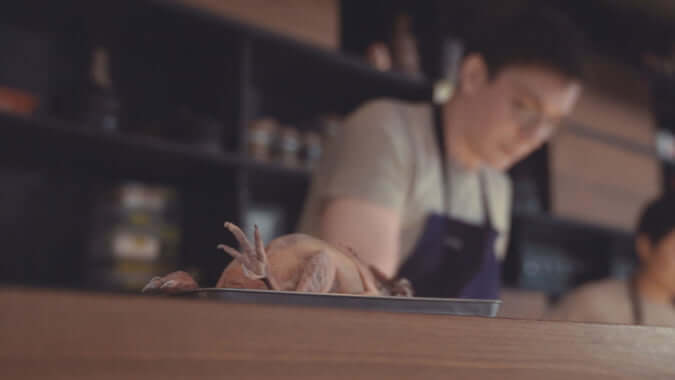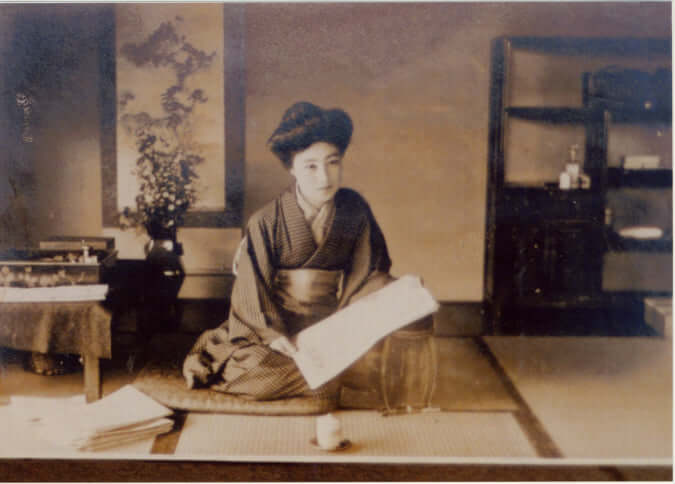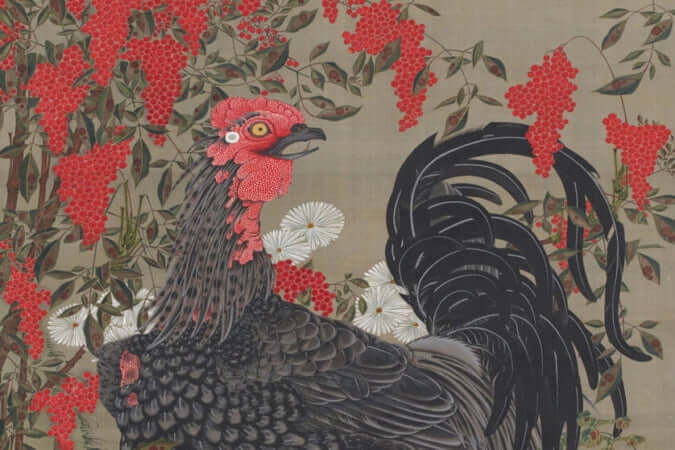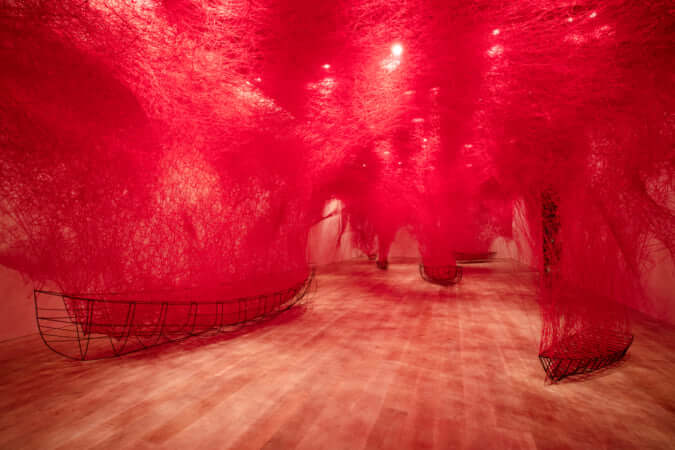The Story of Sada Yacco, the Geisha who Bewitched Europe
Described by Dazed magazine as the first beauty influencer, she has been restored to her former glory since 2019.

Courtesy of Cultural Path Futaba Museum
For many years, the artistic heritage left behind by Sada Yacco in Europe was played down, if not overlooked entirely. In recent years, however, several publications have given her back her former glory. Born into a wealthy family in 1871 and a descendant of a family of samurai, Sada Yacco (also written Sadayakko) owed her dazzling career to a stroke of bad luck. When she was seven years old, her father, worn down by debt, left her in the care of geishas. While with them, she learnt all the traditional arts: the tea ceremony, flower arranging, singing and, above all, dancing and theatre. After becoming the Prime Minister’s mistress at just 15 thanks to her beauty and the magnificence of her shows, she met her husband, actor Kawakami Otojiro, with whom she would open a theatre in Tokyo. They then set out to try to conquer the United States.
Once in America, Sada Yacco became an actress. At first, her troupe floundered, but soon experienced increasing success. She won the respect of dance superstar Isadora Duncan, and was catapulted to fame by another celebrity, American Loïe Fuller, who opened the doors of her theatre in Paris to her and even acted as interpreter in her interviews with foreign magazines. In 1900, Sada Yacco crossed the Atlantic to go to Paris and perform The Geisha and the Knight as part of the Exposition Universelle. She was an immediate success. It was the first time a Japanese theatre troupe had appeared in France, and it went down so well that the young woman hosted a garden party at the Elysee.
A muse for French artists
Her success continued. One of the few remaining photos of Sada Yacco was taken by Pablo Picasso. Debussy took inspiration from her when composing music. During the ‘Japanism’ movement, Sada Yacco acted as idol and muse for French artists. She also experienced commercial success: Guerlain, surfing on the wave of her fame, created the perfume ‘Yacco’ in homage to her. During this period, the young woman launched her own range of cosmetics and kimonos, sold in a boutique in her name not far from the Opéra Garnier in Paris.
Her artistry with makeup, drawing on the geisha tradition, imposed another form of beauty, far from the quest for a natural look that persists in Europe: instead, she favoured red lipstick, a thick base and black accents around the eyes. Parisian women adored her and were inspired by her way of living. She returned the compliment and, in an interview for Femina magazine, declared: ‘Everything suits them, everything makes them look deliciously pretty, they extract the best from all that surrounds them… Everything, in Paris, has exquisite taste. Every Parisian is an artist, even if not by profession.’
When she returned to Japan in 1901, Sada Yacco was no longer just a star, but an internationally famous figure upheld by her contemporaries as a symbol of the modern, free woman. Seven years later, she opened the first theatre school for women. Her story is retold by Lesley Downer in the book Madame Sadayakko: the Geisha who Bewitched the West.
Madame Sadayakko: the Geisha who Bewitched the West (2003) by Lesley Downer, published by Gotham Books.
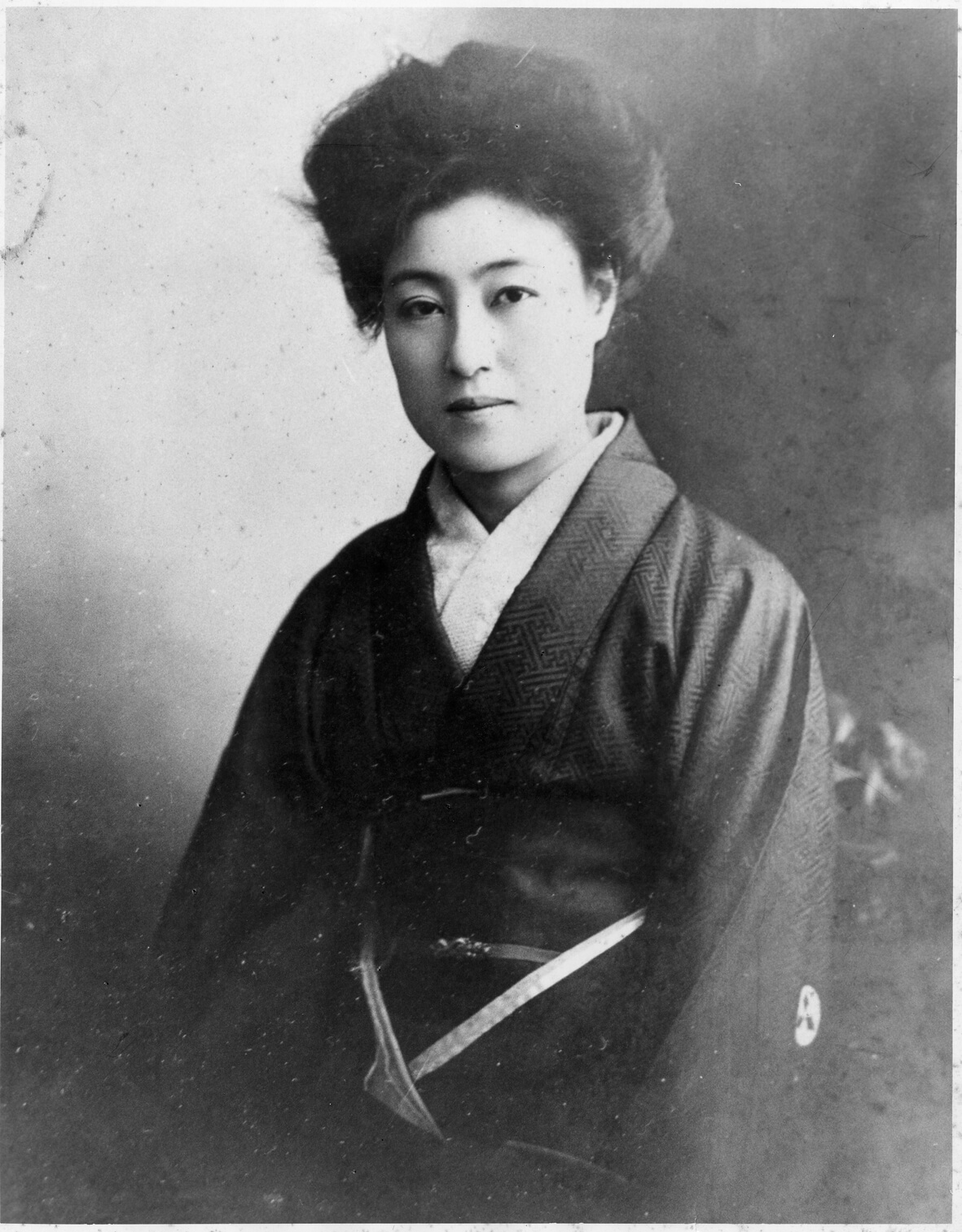
Courtesy of Cultural Path Futaba Museum

TRENDING
-
The Tattoos that Marked the Criminals of the Edo Period
Traditional tattoos were strong signifiers; murderers had head tattoos, while theft might result in an arm tattoo.

-
Paris, Tokyo: Robert Compagnon
With his co-chef and talented wife, Jessica Yang, Robert Compagnon opened one of the top new restaurants in Paris: Le Rigmarole.
 3:31
3:31 -
The Story of Sada Yacco, the Geisha who Bewitched Europe
Described by Dazed magazine as the first beauty influencer, she has been restored to her former glory since 2019.

-
Ito Jakuchu's Naturalist Paintings
From 15 September until 14 October 2018, the Petit Palais showcased the artist's iconic ‘Images of the Colourful Realm of Living Beings’.

-
Chiharu Shiota, Red Threads of the Soul
Last year, more than 660,000 people visited the retrospective 'Chiharu Shiota: The Soul Trembles' exhibit at the Mori Art Museum.


